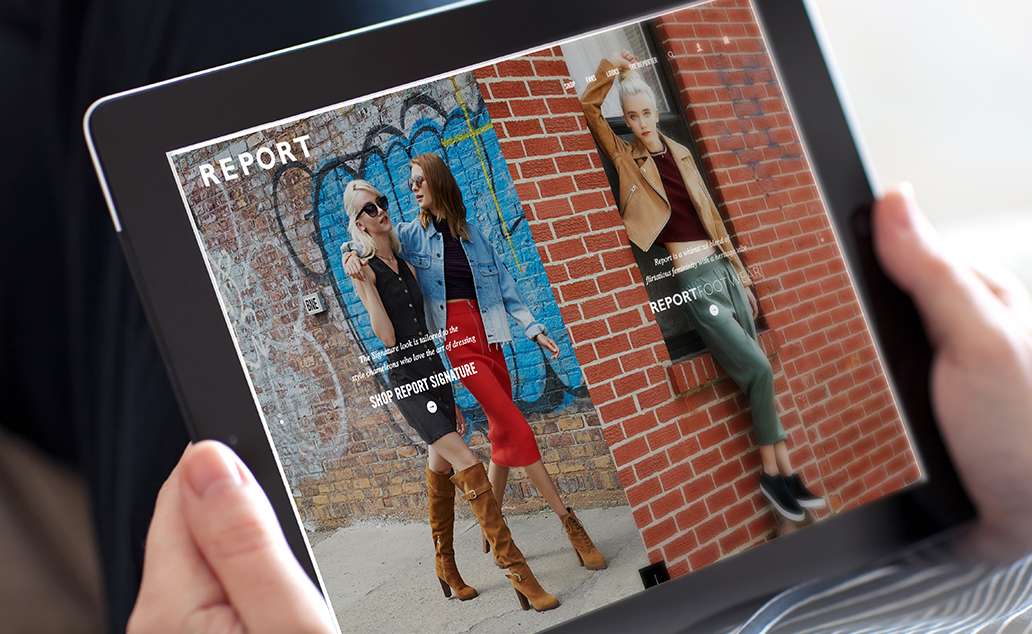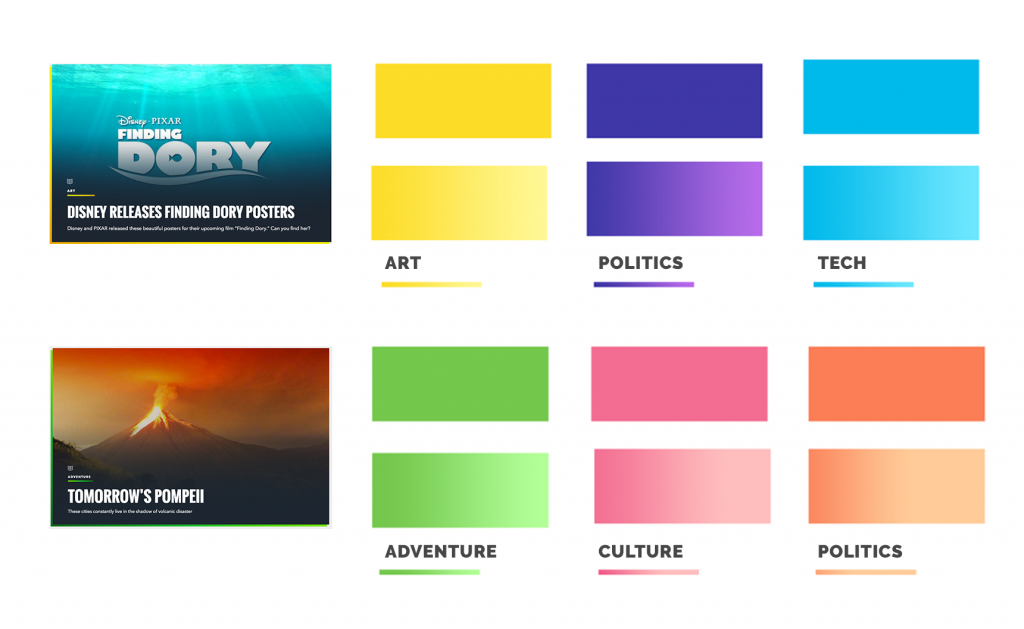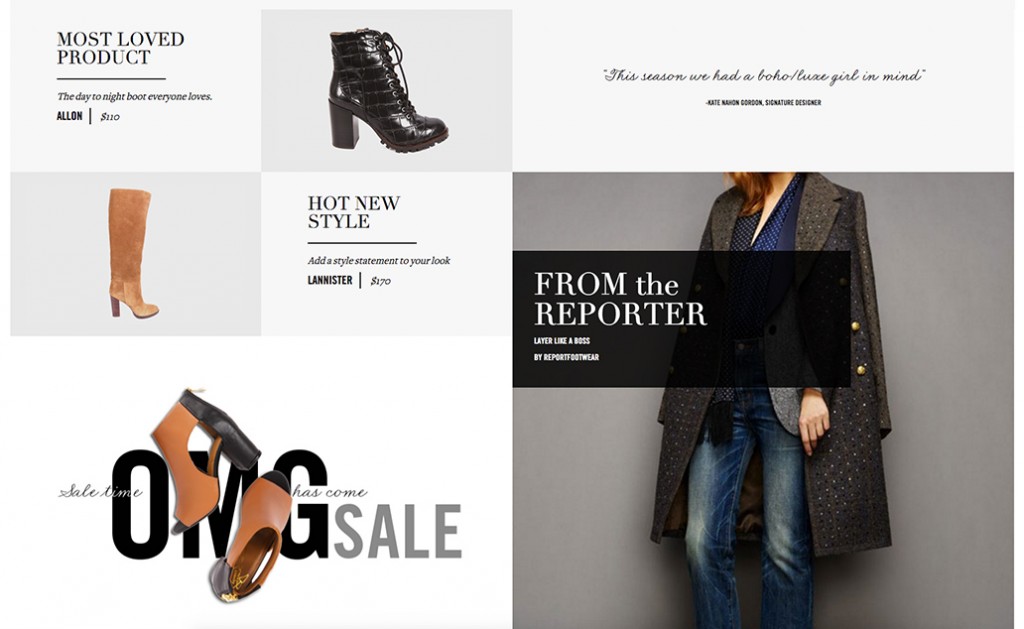
There is quite a bit more to website design than meets the eye. Ever been to a meeting only to find your guests distracted, averting eye contact or oblivious to your attempts at meaningful conversation? Whether they knew it or not, they were sending you psychological cues screaming “Don’t talk to me!” and you were probably less likely to reach out to them in the future because of that. Well, your website design works in much the same way.
The right psychological cues can lead customers to interact and engage with your brand in meaningful ways. The wrong ones can send them exiting faster than a slow loading page.
Everything from choosing the right colors to striking the right language can make or break your brand experience. Let’s take a look at how the psychology of your website design, layout and tone can help strengthen your brand’s appeal.
Set the Tone – Psychology and Persuasion
Aristotle, famous for establishing the fundamentals of persuasive language, gave us a few great guidelines to frame content for maximum impact:
- Be logical – Use information to educate.
- Be emotional – Elicit feeling.
- Be ethical – Appeal to morals.
Every brand should have a well-structured sales pitch to generate interest. Priming embeds critical associations to help customers see the value in your offering. Priming can be logical, emotional or ethical. A shoe retailer geared towards young women might use words like “Most Loved” and “Hot New Style” with images of striking products or a lifestyle photo to influence key user groups. Women see these associations and think, “yeah, that’s how I want to look.” Then the brand becomes associated with that outcome.
Emphasizing the exclusivity of your offering will help make your brand more appealing. Scarcity techniques give your customers the understanding that your offering is in high demand, so there’s a smaller window of time to make a purchase. A customer, afraid that they could miss out on a good thing, may be more inclined to see the value of your offering under these circumstances and take action.
The influence of friends, family and peers is another big factor in what people purchase. With 65% of American adults using social networking websites, people like to see and hear what others have to say about a brand. Display positive testimonials, comments, social shares, likes and re-tweets on your website to add incentive for customers to trust your brand.
Look & Feel – Persuasive Website Design
The Gestalt Principles and Color Theory may be pretty well known to web designers, but are you aware of how these visual approaches can impact your website’s psychology?
The Gestalt Principles are a way of visually perceiving elements as a whole. Applying these Principles make your website more cohesive, easier to navigate and user friendly. Based on ideas around symmetry, spacial placement and how our brains interpret figures and colors, The Gestalt Principles help customers gain a clearer idea of what you’re offering, why it benefits them and how to acquire it.

The psychology of Color Theory makes it easier for customers to read your website’s pages as well. You can use varying shades of color to signify transition or apply the 60-30-10 rule to distribute primary, secondary and accent colors in ways that will unify, create interest and refine your overall website design. Studies across the web also examine how color can appeal to different genders and human emotions. For example, people associate the color blue with trust; yellow with joy and happiness; and red with intensity.
Persuade with Value
The psychology of your website design can be a boon to its overall performance. Experienced website designers will have a grasp of the visual concepts that appeal to customers, but it’s helpful to plan your website with an understanding of what psychological cues will enhance brand messaging. This approach is by no means about manipulating customers into buying something they don’t want. Instead, it’s about showcasing the benefits of your brand in a way that can truly identify a solution to customer wants and needs.
